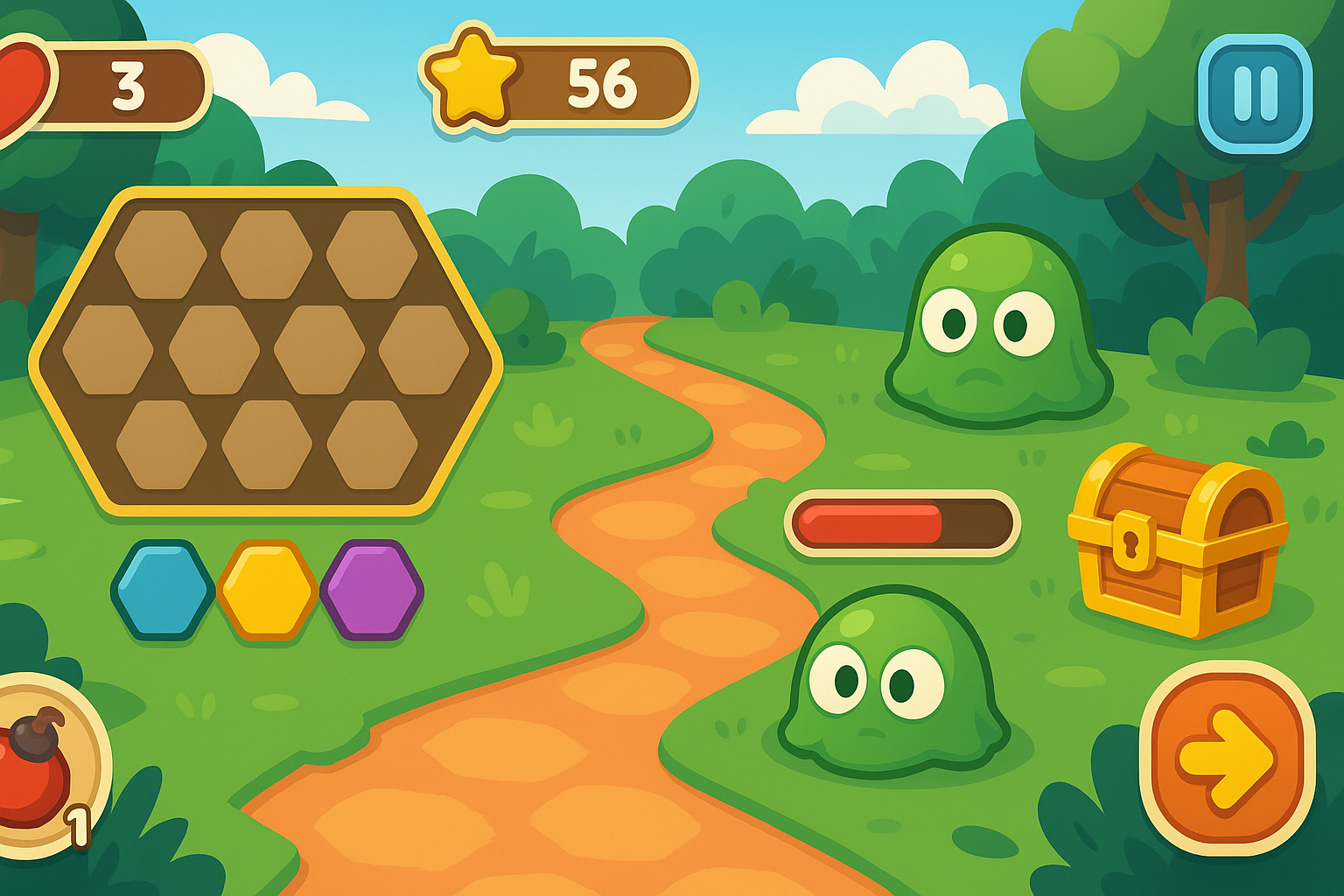Poorly designed HUDs shatter immersion in interactive experiences. At Hexolvepuz, we identified critical player frustration: vital information buried under visual clutter, hindering understanding. Our ambition was clear: craft an intuitive, unobtrusive information layer empowering players for swift, informed decisions and seamless enjoyment. This project wasn't merely aesthetic; it fundamentally enhanced player engagement. For Hexolvepuz, this marked a pivotal step in reaffirming our commitment to user-centric design, pushing boundaries to elevate the interactive journey. We aimed for a new benchmark in clarity and responsiveness.
The Architects of Clarity
Bringing this intricate vision to life demanded diverse talents and shared passion. Our team was a vibrant confluence of expertise.
- Core Project Contributors: Our seasoned UI/UX designers sculpted pixels; adept game developers coded concepts; a visionary project manager guided us; and diligent QA specialists ensured flawless execution and a delightful user experience.
- Our Collaborative Rhythm: Collaboration was our guiding principle. Daily stand-ups ensured alignment. Intensive design sprints refined ideas. Frequent feedback loops and cross-functional workshops bridged artistic vision with technical feasibility. This continuous exchange was fundamental to innovation.
The Challenge of Dynamic Simplicity
Every ambitious project has its crucible. For us, it was balancing information density with visual elegance. Early prototypes swung between minimalist interfaces or rich, overwhelming displays. The challenge wasn't just showing data; it was showing the right data at the right time, in the right context, without breaking immersion. This became our pivotal moment.
We recall a playtest where a veteran player expressed frustration. He loved the game but felt the HUD was a constant barrier. This feedback was transformative. It forced us to rethink. Static information wasn't the answer. We needed a system that breathed with gameplay, adapting its presence and detail based on player urgency and environmental cues. This meant diving deep into contextual design, exploring dynamic scaling, and prioritizing information hierarchy. This demanding shift catalyzed our most innovative solutions.
A New Horizon for Player Interaction
The culmination of our efforts was a revolutionary, modular HUD system. It transcended traditional UI limitations. We engineered a responsive framework adapting to any scenario, creating a living interface attuned to player needs.
- Enhanced Player Experience: Players reported dramatic increases in clarity and control. The intuitive HUD meant less time deciphering symbols and more time enjoying the core experience. This led to higher engagement and satisfaction.
- Elevated Brand Perception: Seamless information integration fostered deeper immersion. Players felt more connected, encountering fewer moments of confusion. This subtle yet powerful improvement elevated the overall perception of our offerings, positioning Hexolvepuz as a purveyor of thoughtful, player-first designs.
- Technical Evolution: Internally, the project yielded a robust library of reusable UI components and a streamlined development pipeline. Our new HUD framework became a foundational asset, enabling faster prototyping and consistent design across our ecosystem. It was a significant leap forward in our technical capabilities.
Reflections and Growth
This project offered profound learning for Hexolvepuz. We discovered the impact of subtle design, iterative testing, and empathy in crafting compelling user experiences. It reshaped our processes, embedding rigorous user testing and fostering stronger collaboration. Team members gained expertise in dynamic UI, data visualization, and user research. Our problem-solving acumen sharpened, leaving us better equipped and inspired for future challenges.
